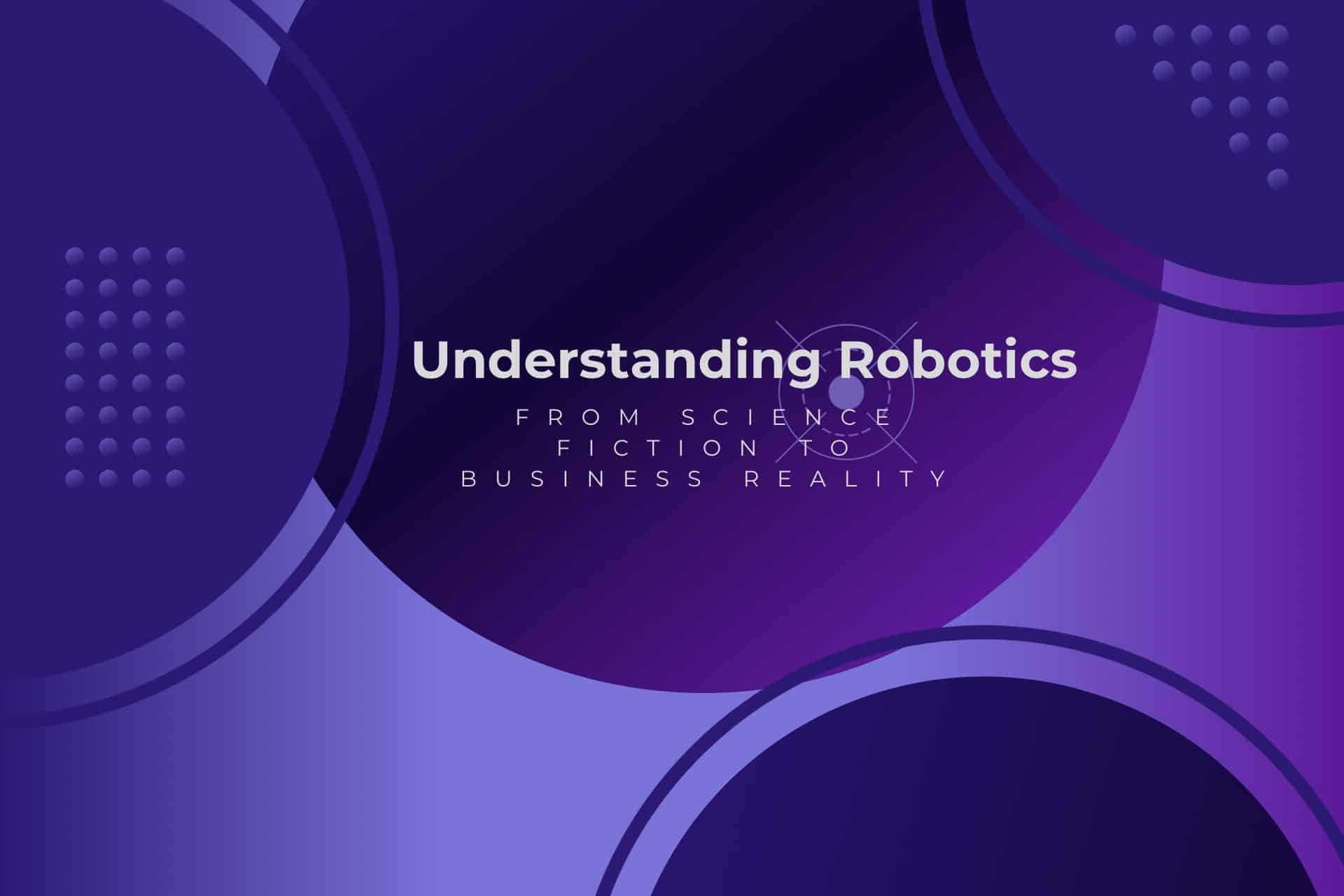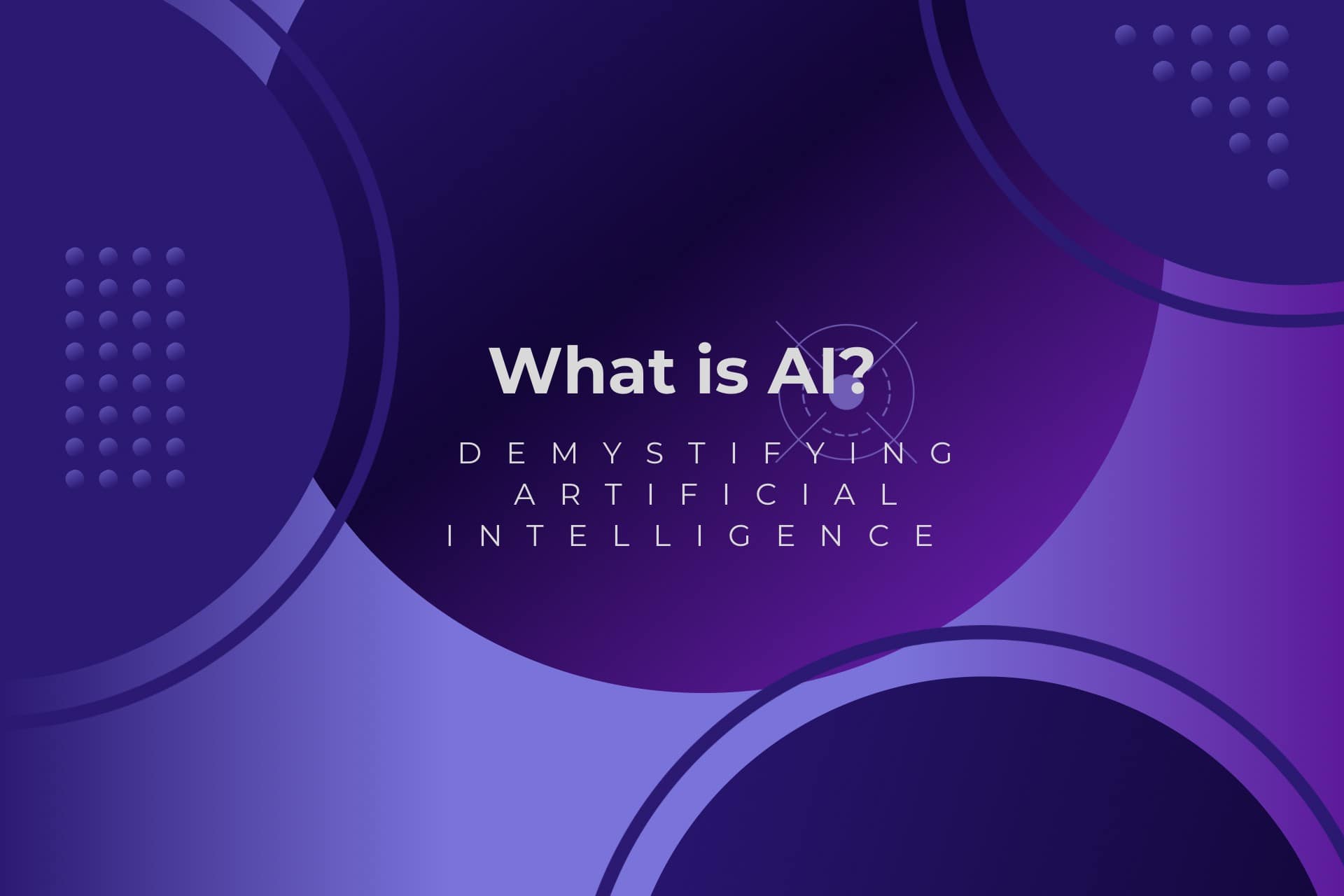The field of robotics has transformed dramatically in recent years, evolving from specialized industrial applications to become an increasingly versatile technology with implications for organizations across sectors. As robots become more intelligent, adaptable, and cost-effective, understanding the fundamentals of this technology has become essential for forward-thinking business leaders seeking competitive advantages in efficiency, quality, and innovation.

What Defines a Robot?
A robot is fundamentally a programmable machine capable of carrying out actions autonomously or semi-autonomously. While popular culture often portrays robots in humanoid form, the practical reality encompasses a much broader spectrum of designs optimized for specific functions. The essential characteristics that define a true robot include sensing capabilities to perceive its environment, processing power to make decisions based on that information, and mechanical systems that allow it to act upon those decisions.
This combination of sensing, processing, and acting creates machines that can adapt to varying circumstances rather than simply repeating predefined motions. Modern robots range from industrial arms performing precise manufacturing tasks to autonomous vehicles navigating complex environments, from warehouse fulfillment systems to collaborative robots working alongside human personnel. What unites them is this fundamental ability to perceive, process, and act with some degree of independence.
Core Components of Modern Robotics
Understanding robotics begins with recognizing their essential components, each representing sophisticated engineering that works in concert to create functional systems:
Mechanical systems form the physical structure and movement capabilities. These include frames, joints, actuators, and end effectors like grippers or specialized tools. Advances in materials science have produced robots that are simultaneously stronger, lighter, and more energy-efficient, expanding their potential applications across industries.
Sensors serve as the robot’s connection to the physical world, translating environmental information into processable data. Modern robots employ diverse sensing technologies including cameras, LIDAR, pressure sensors, and specialized instruments for environmental conditions. The quality and integration of these sensors largely determine how effectively a robot can navigate and interact with its surroundings.
Computing systems process sensor data and control mechanical actions. These range from basic microcontrollers handling simple movement sequences to sophisticated computing platforms running advanced artificial intelligence algorithms. The computational architecture must balance processing capabilities with energy constraints and response time requirements.
Software ties these physical components together, providing everything from low-level motor control to high-level decision making. Robotics software typically operates in layers, with foundational systems handling real-time control of physical components while higher-level programming defines specific tasks and behaviors.
Business Applications Across Industries
The business applications of robotics span a growing range of forms and functions, each optimized for specific use cases:
Industrial robots excel at repetitive, precise tasks in controlled environments. Modern systems feature improved flexibility, easier programming interfaces, and enhanced safety features that make them accessible to smaller manufacturers and new industries beyond automotive and electronics. Their consistent performance and tireless operation make them ideal for quality-critical applications where precision is paramount.
Collaborative robots work alongside humans rather than in isolation. With built-in safety features and intuitive programming, these systems bring automation to environments where traditional industrial robots would be impractical. Their ability to augment human capabilities makes them valuable for complex assembly tasks requiring both precision and adaptability.
Mobile robots navigate through environments rather than remaining fixed in place. This category includes autonomous guided vehicles transporting materials in warehouses, autonomous mobile robots with sophisticated navigation capabilities, and specialized systems for field operations. These robots are transforming logistics operations by handling repetitive transport tasks efficiently and consistently.
Service robots perform assistance tasks in commercial and healthcare settings. These systems emphasize human-robot interaction capabilities and adaptability to less structured environments. Applications range from cleaning and disinfection to patient assistance and customer service, with substantial growth potential as the technology matures.
Intelligence Systems Powering Modern Robotics
The capabilities of modern robots are increasingly defined by their software intelligence rather than just mechanical specifications. This intelligence manifests across several key dimensions:
Navigation and mapping capabilities allow mobile robots to understand their environment and move through it efficiently. Advanced algorithms enable robots to build maps of unknown environments while simultaneously tracking their position. These systems plan optimal routes while avoiding obstacles and adapting to dynamic changes in their surroundings.
Object recognition and manipulation allow robots to interact physically with items in their environment. Computer vision systems identify objects and their properties, while control algorithms translate this information into precise manipulation actions. Recent advances in machine learning have dramatically improved these capabilities, enabling robots to handle varied objects even when presented in unpredictable orientations.
Learning and adaptation capabilities allow robots to improve their performance over time. Traditional robots required explicit programming for every situation, but modern systems increasingly employ machine learning to generalize from examples and adapt to new scenarios. This evolution from programmed to learned behavior represents one of the most significant advances in practical robotics applications.
Implementation Considerations for Business Leaders
Organizations considering robotics applications should approach implementation methodically to maximize success probability:
Strategic assessment should identify specific operational challenges where robotics could provide measurable benefits. Successful implementations typically begin with clearly defined problems rather than technology-driven explorations. Focus on quantifiable metrics like throughput, quality, consistency, or worker safety to establish clear success criteria.
Pilot projects provide practical experience with controlled scope and risk. These implementations validate assumptions about technical feasibility, integration requirements, and business impact. Effective pilots include clear metrics, involve end-users throughout the process, and capture both quantitative and qualitative outcomes.
Integration planning must consider how robotic systems will connect with existing enterprise systems, coordinate with personnel, and fit within established workflows. This integration often requires cross-functional collaboration and may benefit from partners with experience bridging operational technology with information systems.
Workforce development should address both technical skills for maintaining and programming robotic systems and the process changes that accompany automation. Organizations that invest in developing internal capabilities typically achieve more sustainable results than those relying exclusively on external expertise.
Future Directions in Business Robotics
Several trends are shaping how businesses will deploy and benefit from robotics technologies in coming years:
Increasing intelligence will expand the range of tasks robots can perform reliably. As artificial intelligence techniques improve, robots will handle greater variability in their operating environments, requiring less human oversight and intervention. This evolution will gradually shift robotics from tools that automate specific predefined tasks to systems that can be assigned goals and independently determine how to achieve them.
Enhanced perception capabilities will allow robots to understand and navigate more complex environments. Advances in sensory technologies will enable more sophisticated interactions with objects and environments, making robots suitable for settings that are currently too unstructured for effective automation.
Cloud robotics architectures will connect individual robots to shared knowledge and computing resources. Rather than each robot operating as an isolated system, connected robots will learn collectively, sharing experiences and solutions across networks. This approach accelerates adaptation while enabling less expensive robots by offloading intensive computing tasks.
The most successful robotics implementations don’t simply automate existing processes but reimagine workflows to leverage the unique capabilities of both robotics and human workers. This collaborative approach recognizes that robots excel at precision and repeatability, while humans bring adaptability and contextual understanding that remains beyond even advanced robotic systems.
As robotics technology continues advancing, organizations that develop foundational understanding and methodically explore relevant applications will be best positioned to capture substantial operational and competitive benefits. The question is no longer whether robotics will transform business operations, but how quickly and effectively organizations will adapt to and capitalize on these transformative technologies.

